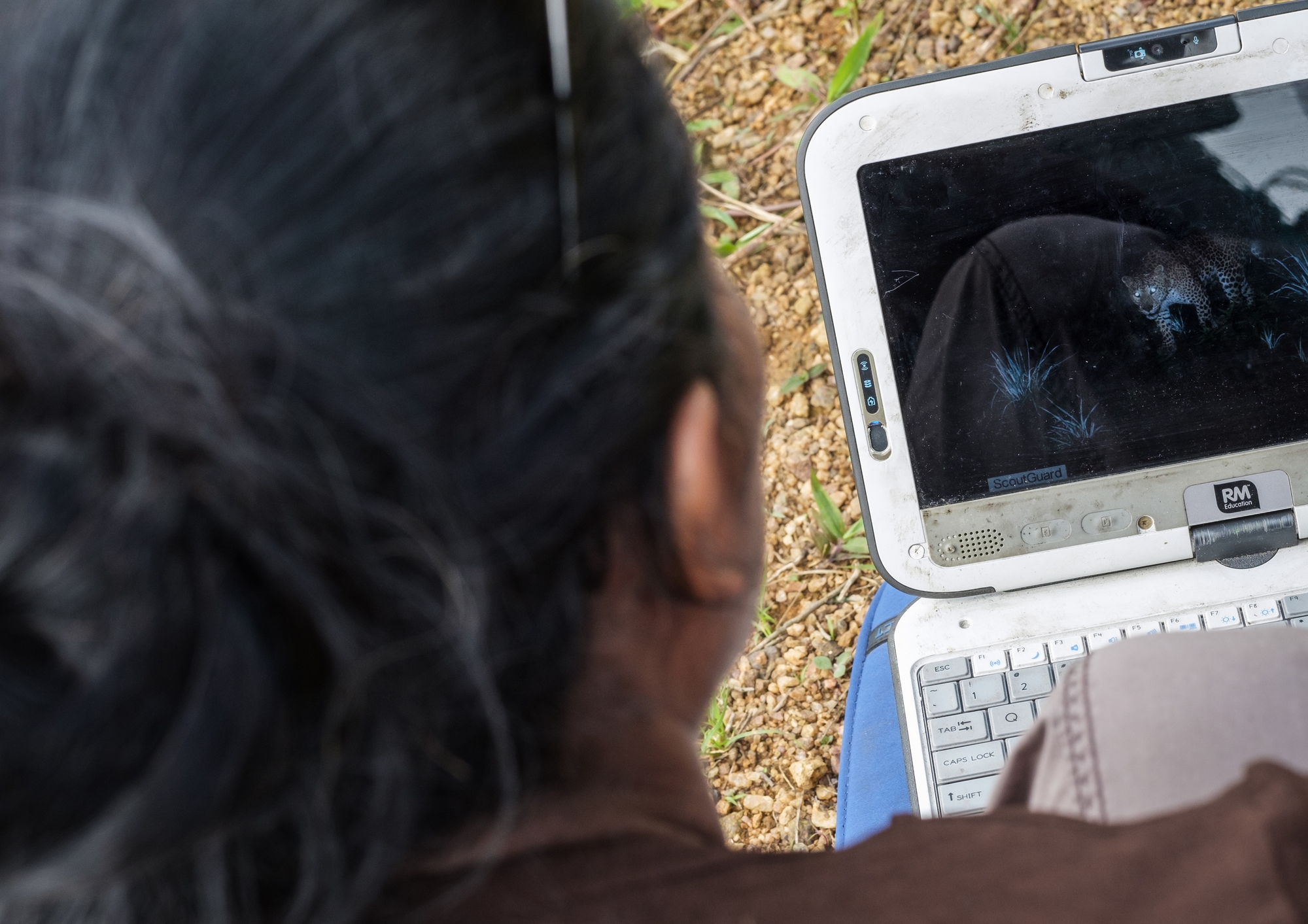LEF’s longest running project, ‘Corridors for Conservation’, received an additional funding amount of $45,000 in July 2025 from the Oak Foundation, adding to funding mobilised by the LEF since 2019. Thus far the LEF has mobilised over $100,000 towards this initiative which has yielded some fascinating results across the island’s Central Highland landscape.
The aim of this project is to identify and establish forest corridors in the Central Highlands of Sri Lanka. Through funding mobilised by the LEF and other funding partners to the Wilderness & Wildlife Conservation Trust (WWCT), two new forest corridors have been identified and established; the Peak Ridge Forest Corridor (PRFC) and the Elbedda Ridge Forest Corridor (ERFC).
This project is in keeping with the overarching goal of the WWCT, who aims to ensure the long-term survival of Sri Lanka’s ecosystems. The objectives of this project are twofold and heavily intertwined.
For the past 3 months, the WWCT has been working in the Kotagala area to which they expanded the ‘Corridors for Conservation’ project; setting up 18 new remote camera stations and successfully monitoring 10 leopards (3 males, 4 females and 4 cubs). Interestingly 1 male, 1 female and 3 cubs are leopards that the WWCT has been monitoring on the neighbouring ERFC, further testament to why these corridors, that serve as biodiversity connections, need to be identified and formerly established amongst landowners.
Thus far, this project has a total of 53 remote camera stations (18 new and 35 old) covering vast swaths of land that include the Peak Ridge Forest Corridor, the Elbedda Ridge Forest Corridor, the Peredeniya - Nilambe area and the Victoria Randenigala Ranthambe Wildlife Sanctuary.
Apart from monitoring leopards, the focus species of this project due to its umbrella role in the ecosystem, the WWCT has also been observing other biodiversity in the area which includes the elusive endemic Golden Palm Civet, the world’s most trafficked mammal, the Pangolin, fishing cat, sambar deer, barking deer and endemic purple faced leaf monkeys, commonly referred to as ‘Bear Monkeys’ in the Central Highlands, due to their bushy fur.
The WWCT’s ‘Forest Guardian’ programme which has also been operational for many years focuses on fostering a sense of environmental stewardship amongst the estate community youth. This programme as well has been extended across the entire landscape that WWCT’s ‘Corridors for Conservation’ project is operational on.
To ensure that degraded or abandoned tea lands are rewilded, the WWCT has established a series of endemic forest species nurseries on carefully selected locations within the tea estates. Their more recent addition includes 21 hectares on the Kelani Breama estate, adding to the already existing 260 hectares across 17 restoration sites.
With a larger grant from the Oak Foundation to be unveiled later this year, our aim is for the WWCT’s ‘Corridors for Conservation’ project to eventually be scaled to encircle Sri Lanka’s entire Central Highland landscape. Thus far the LEF, is proud to have been able to mobilise funds from the LEF along with additional funding from Seacology and the Oak Foundation, brought to this project via the Conservation Collective network towards this seminal project which is rewriting the story of Sri Lanka’s Central Highlands.


